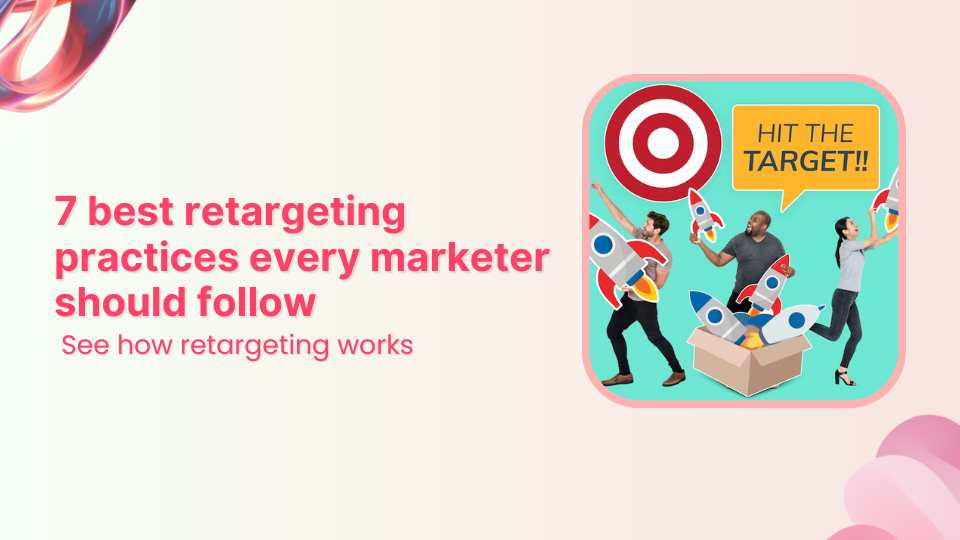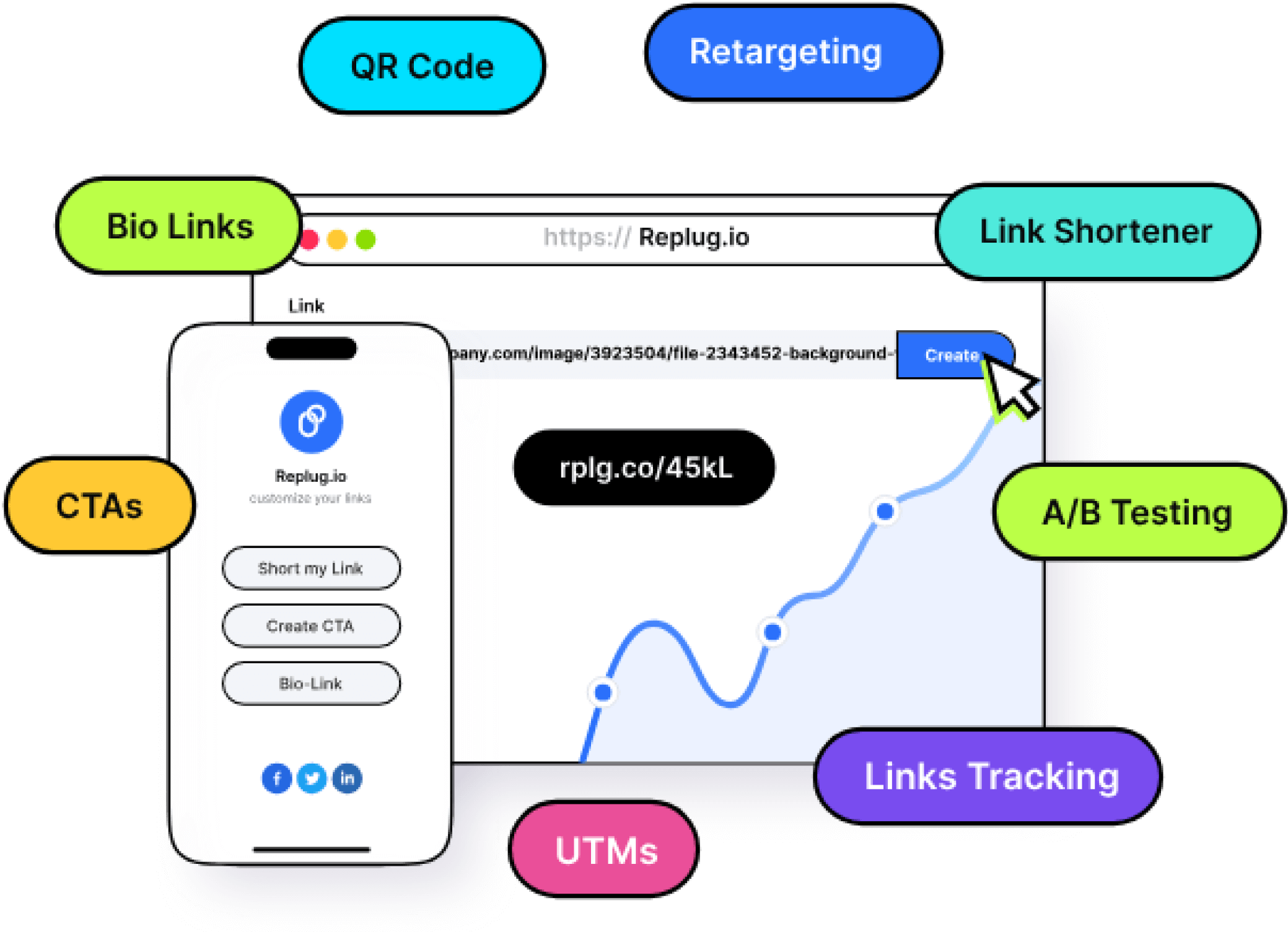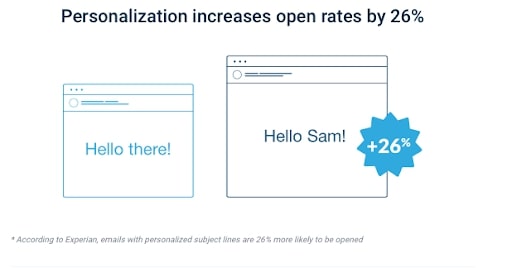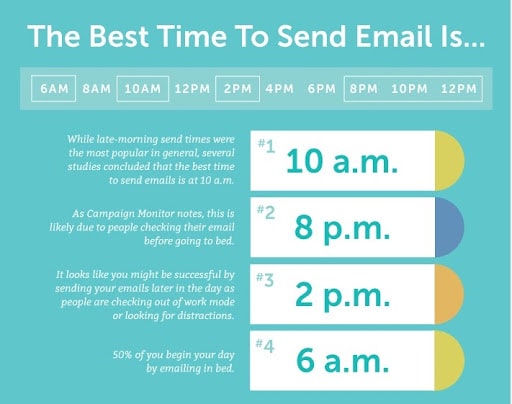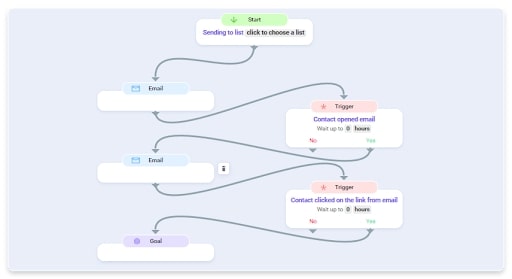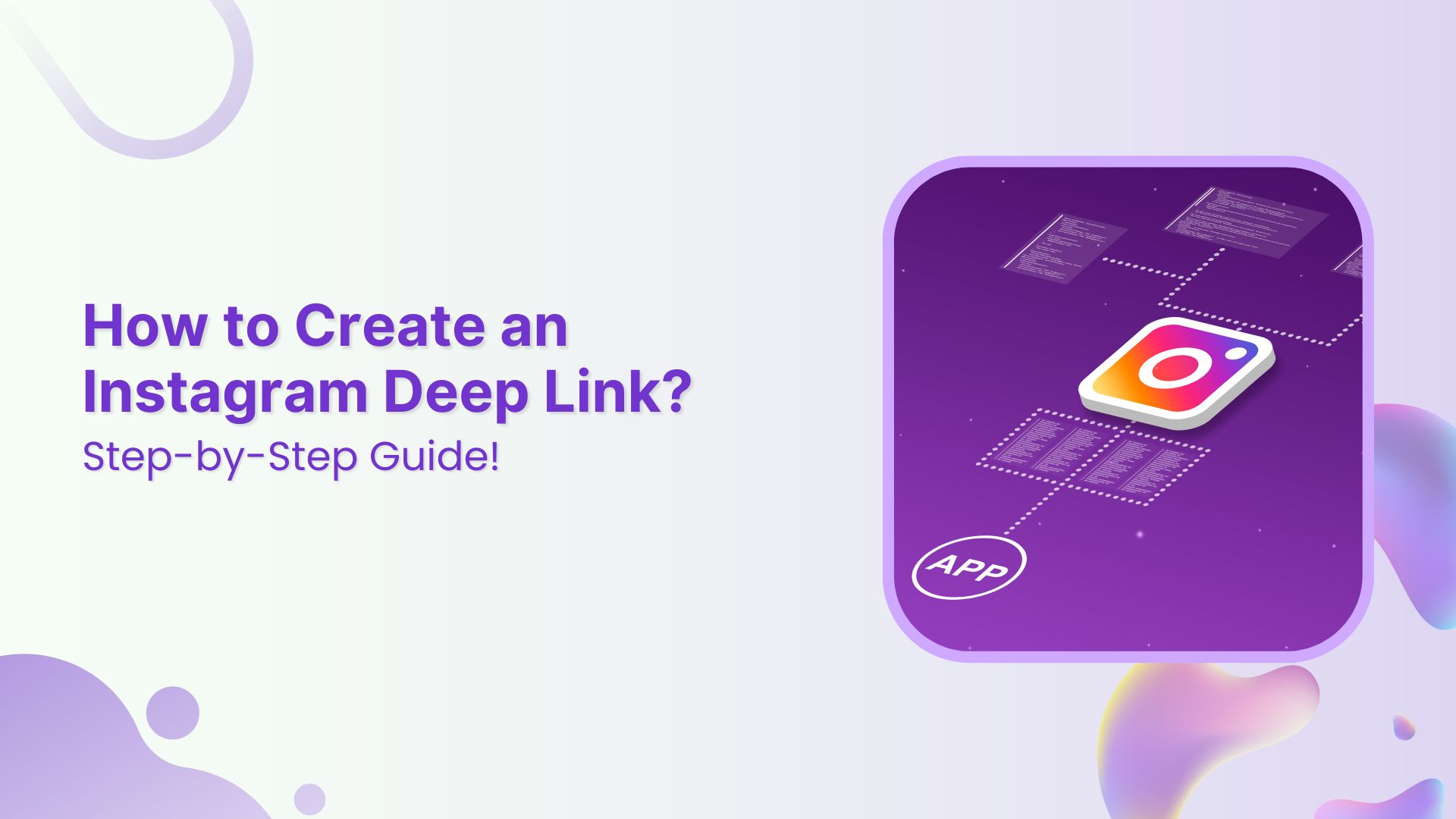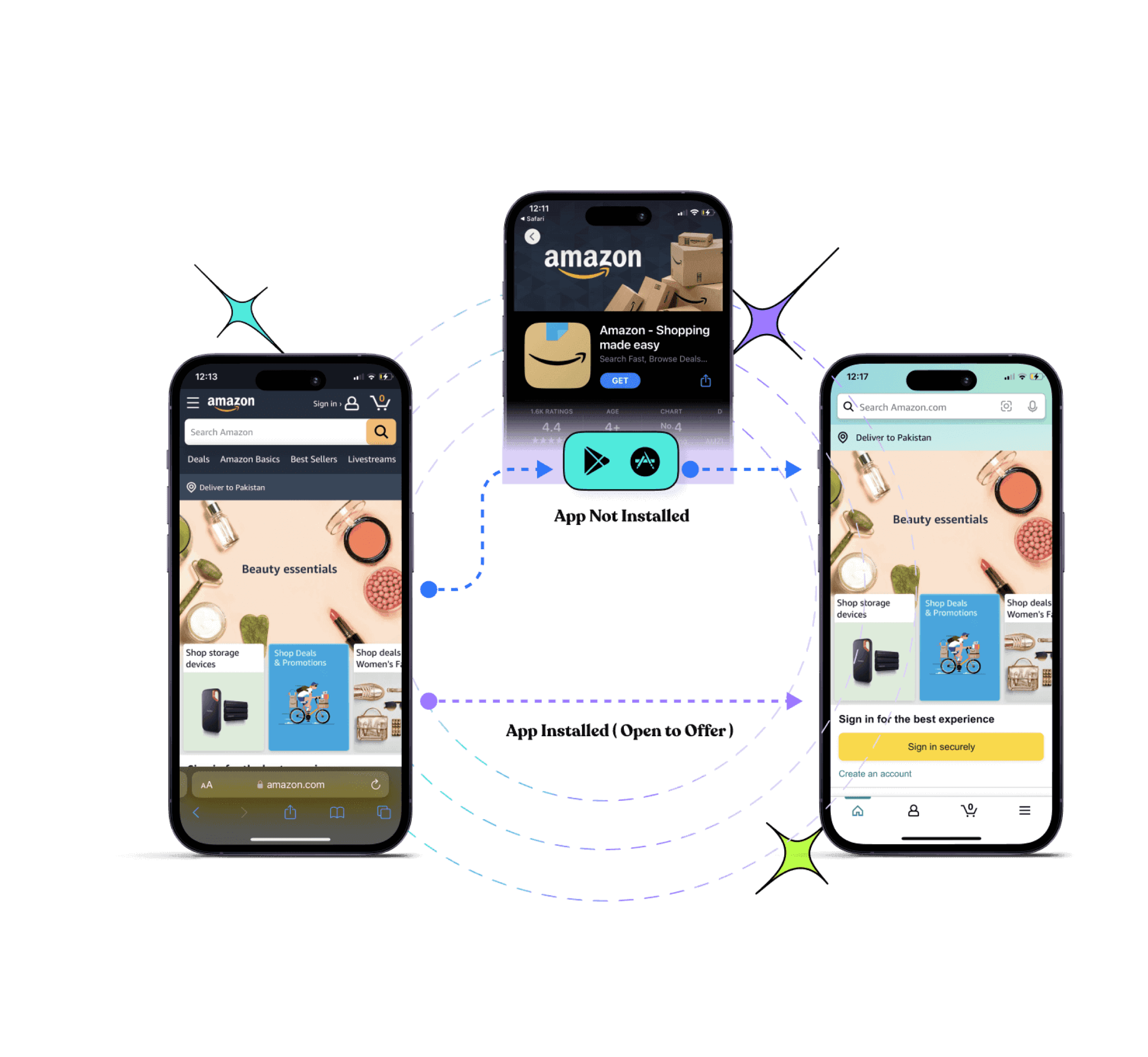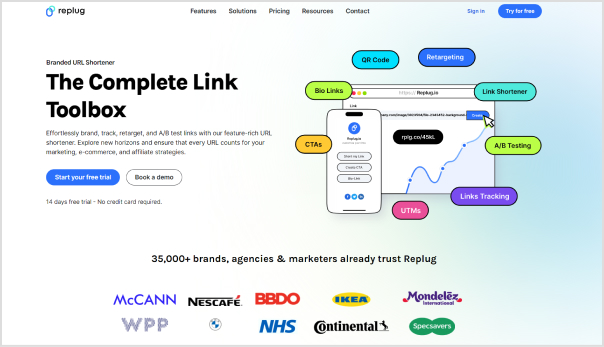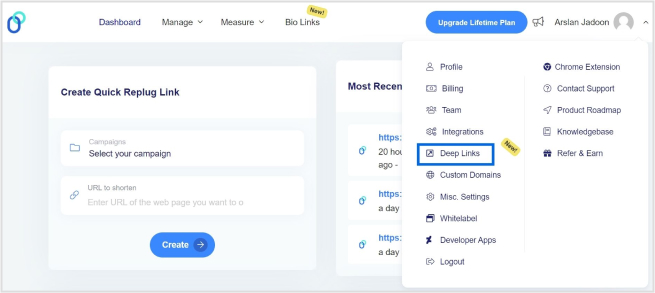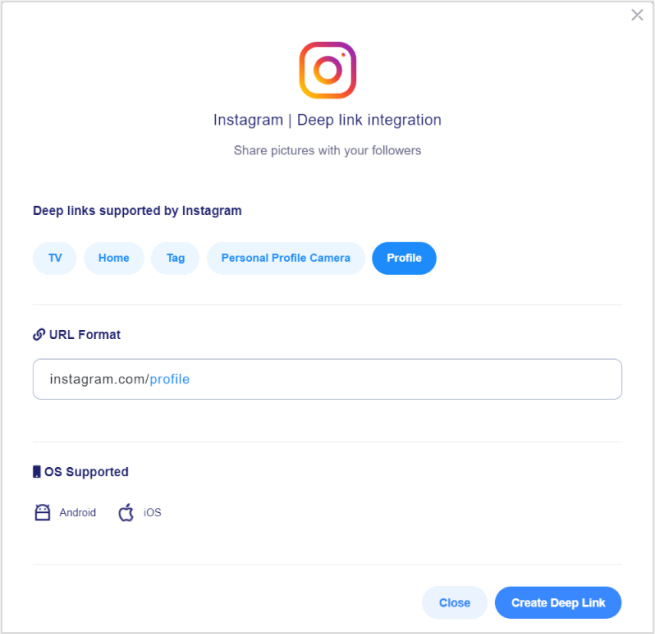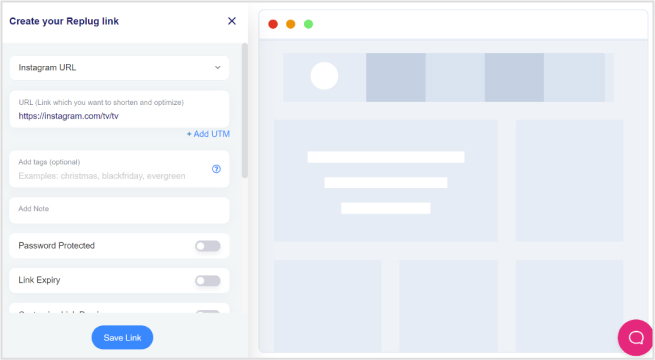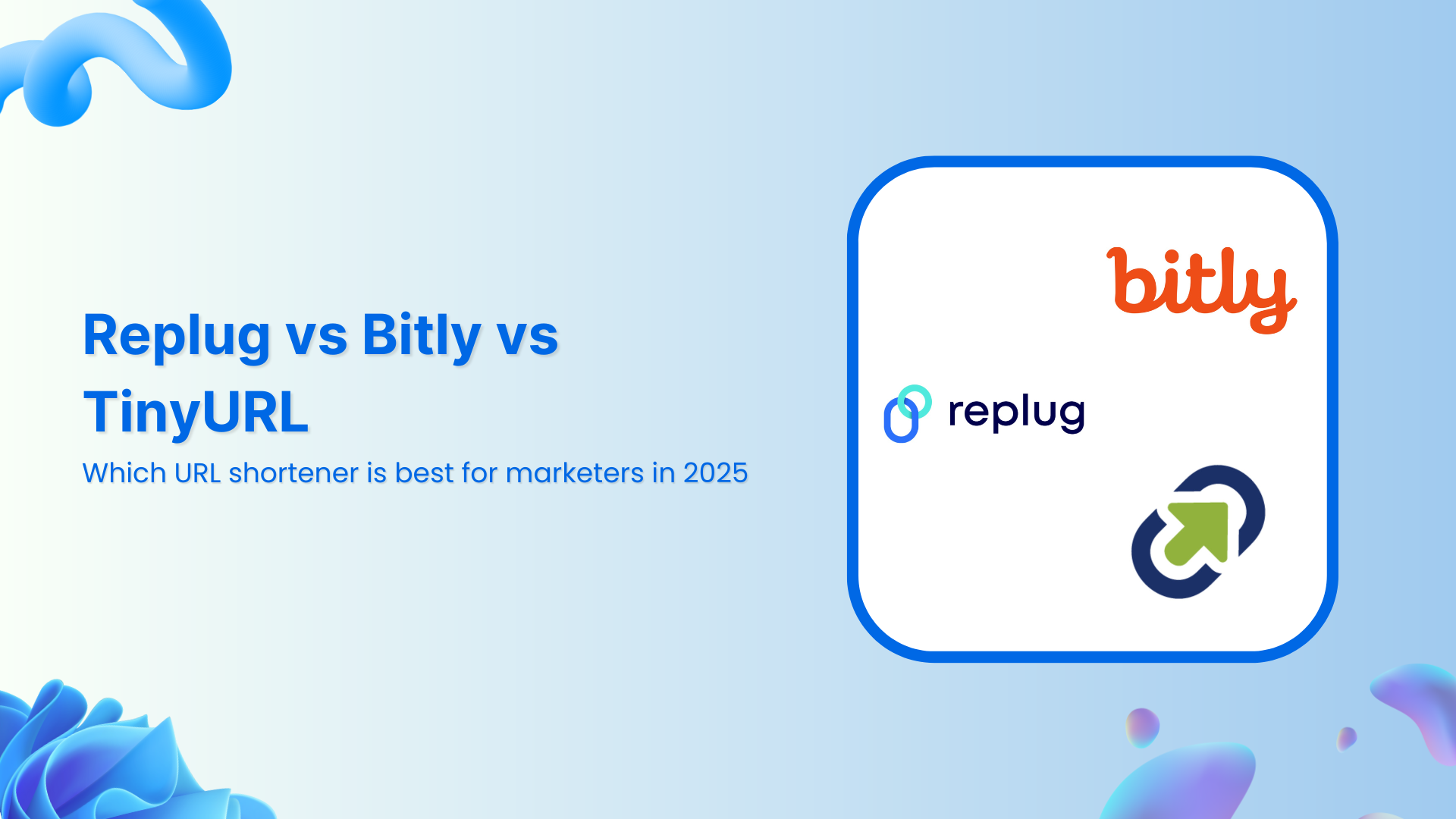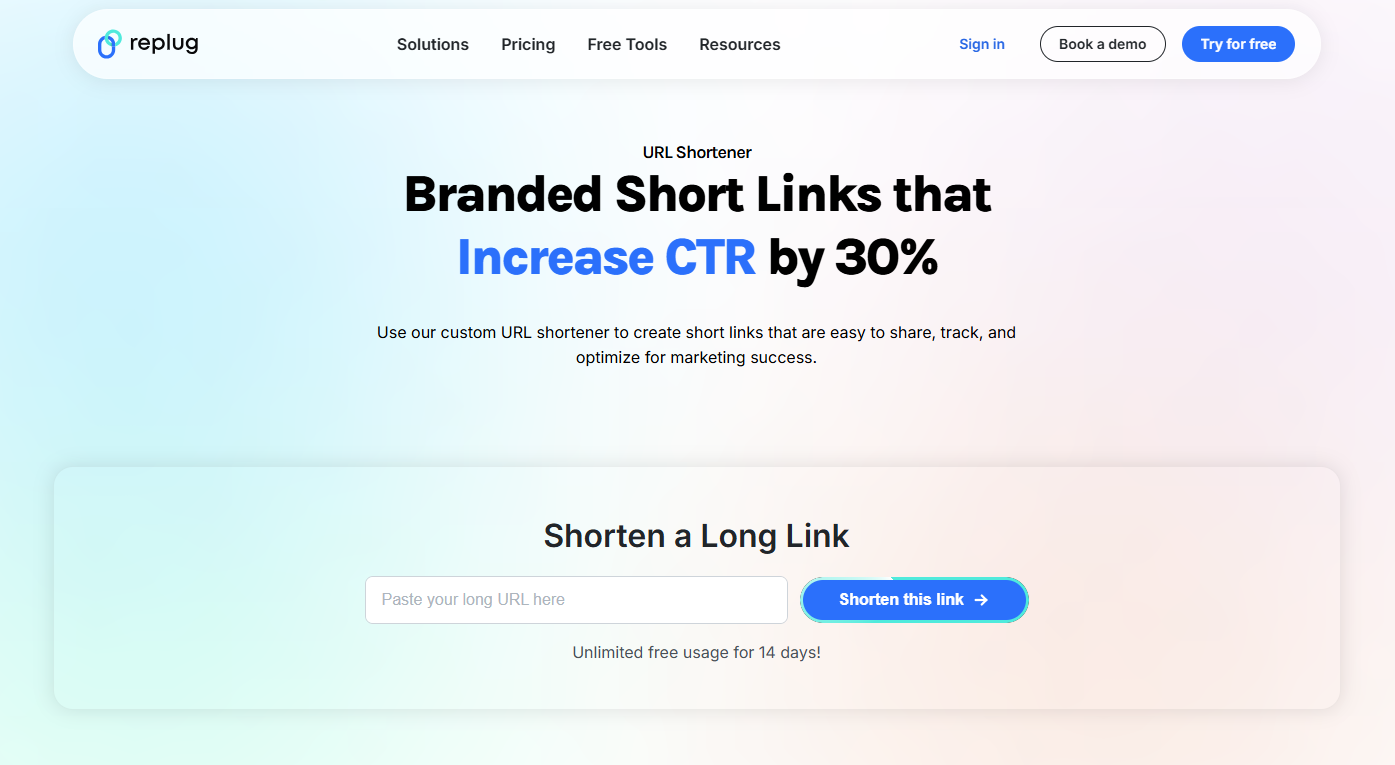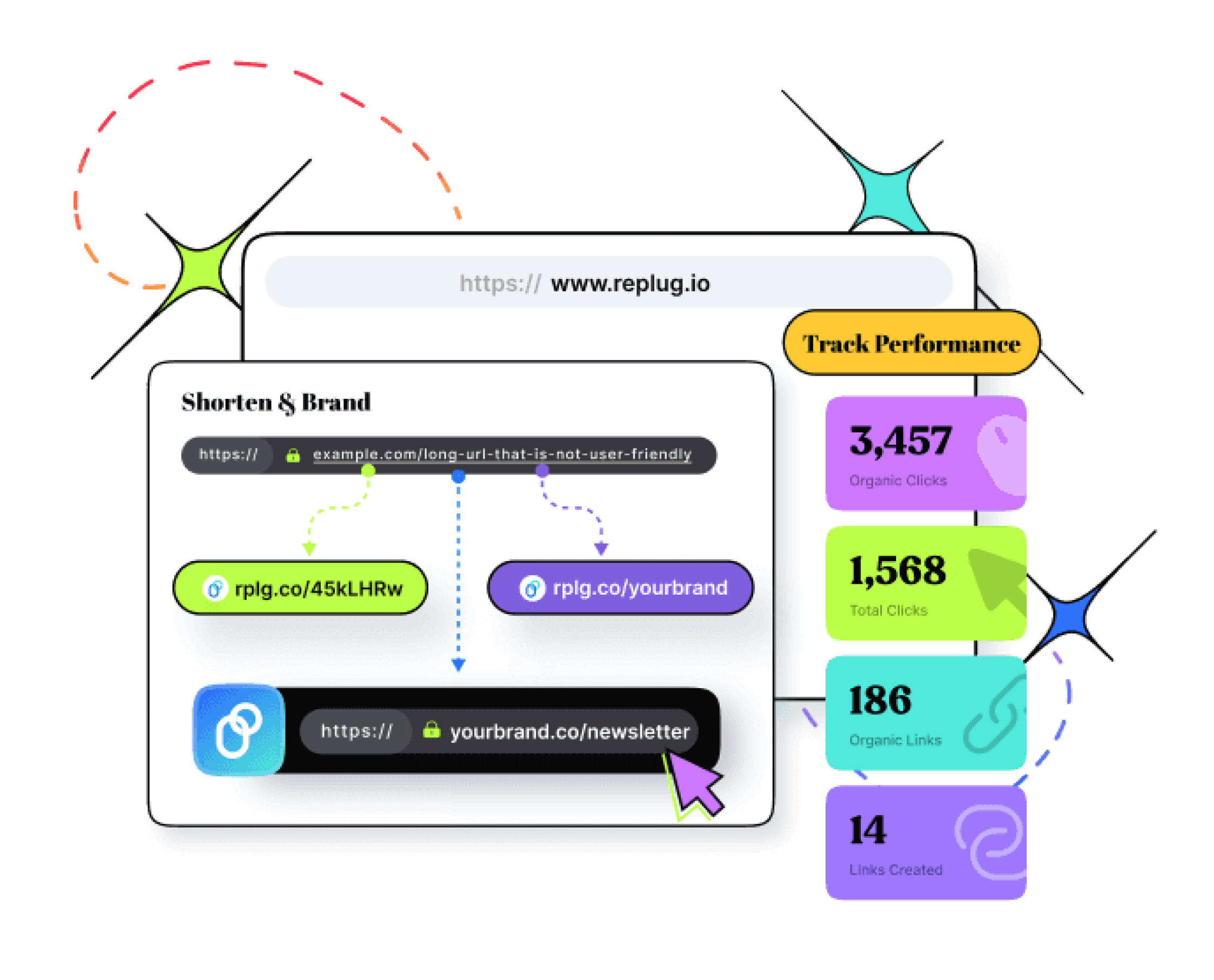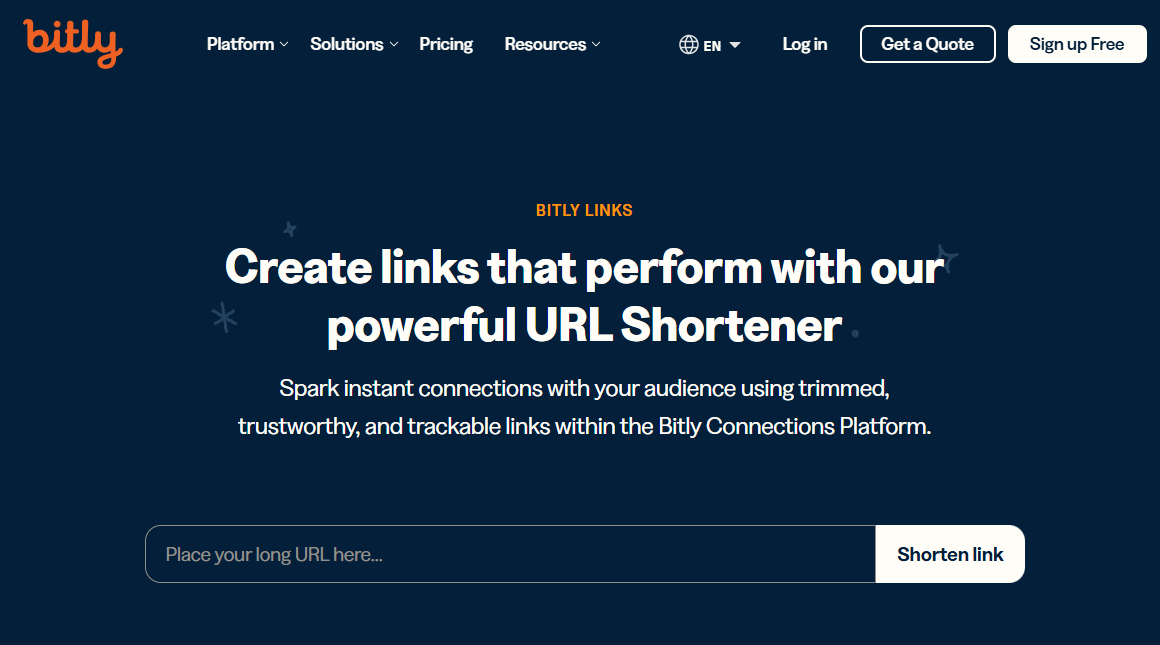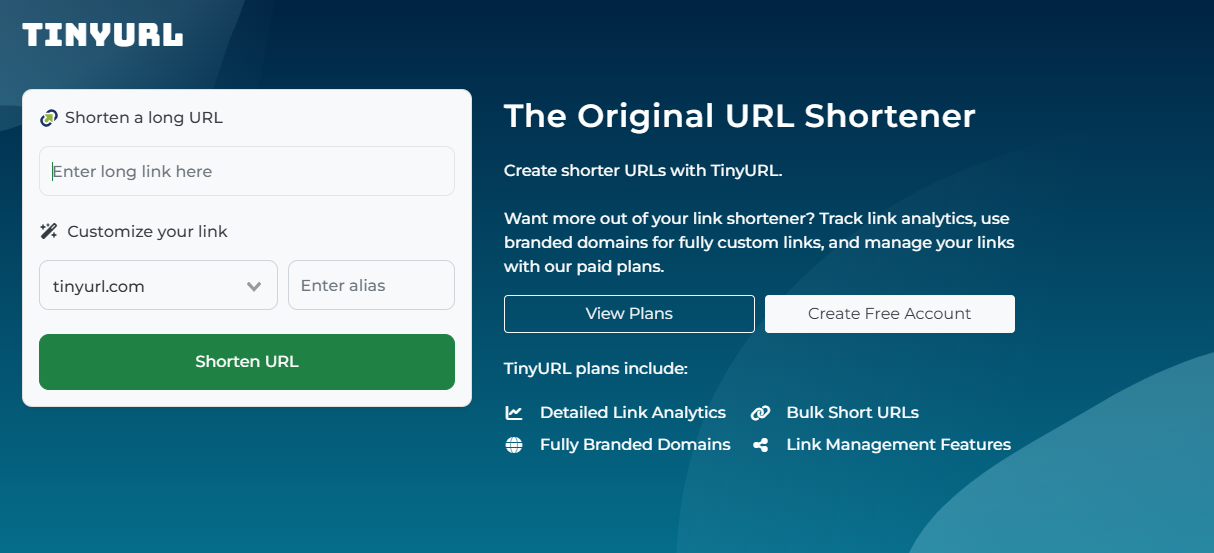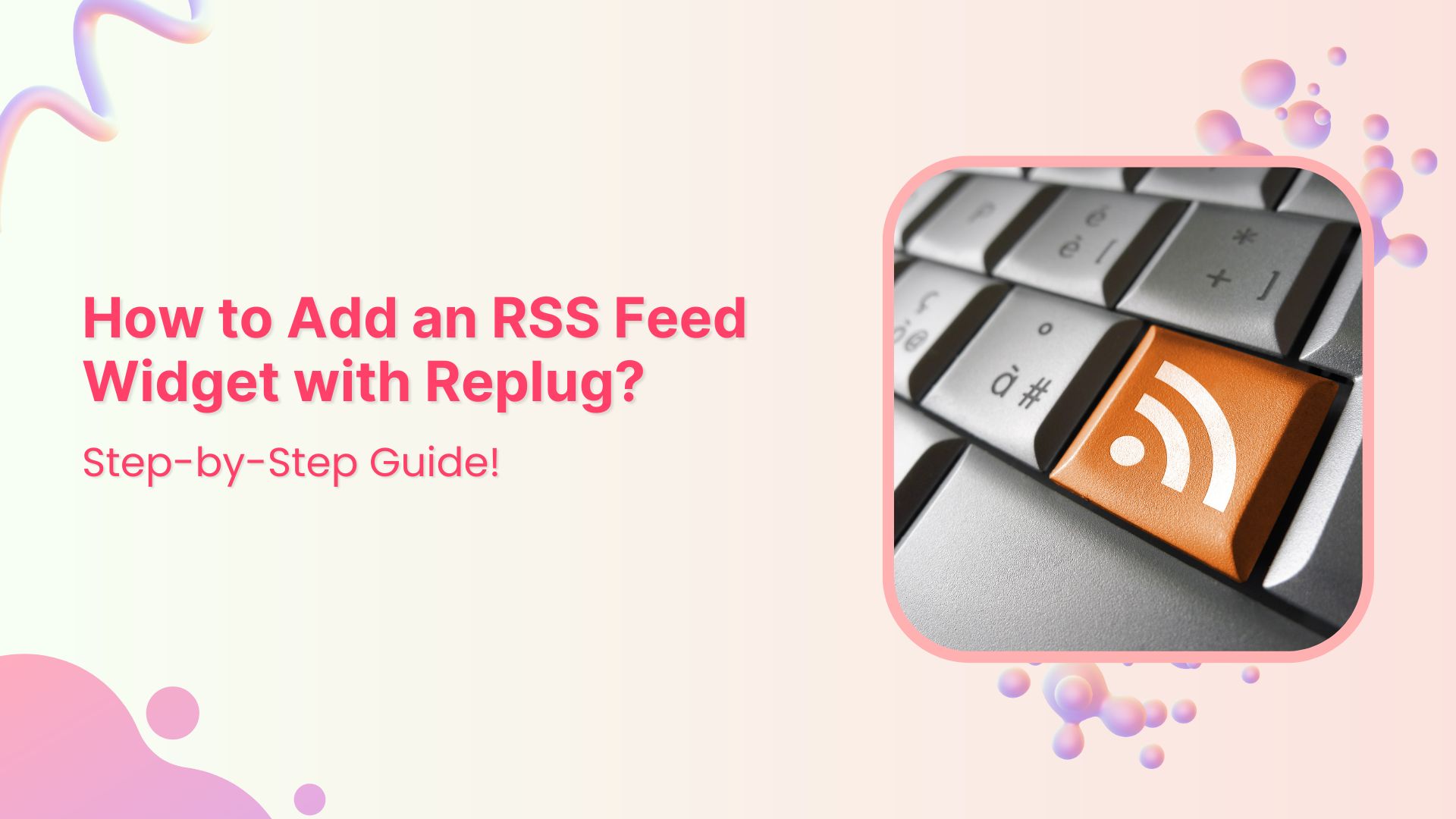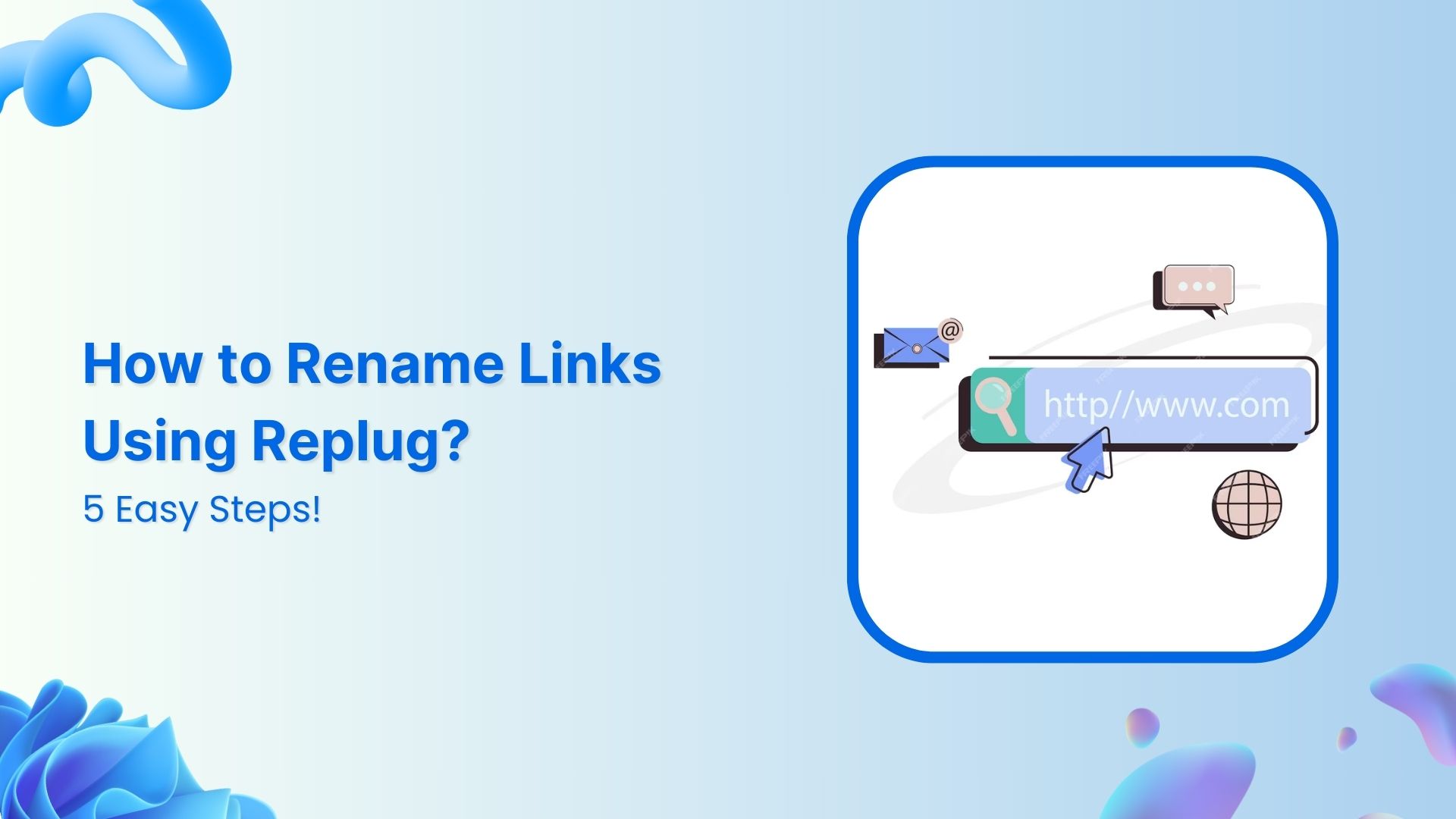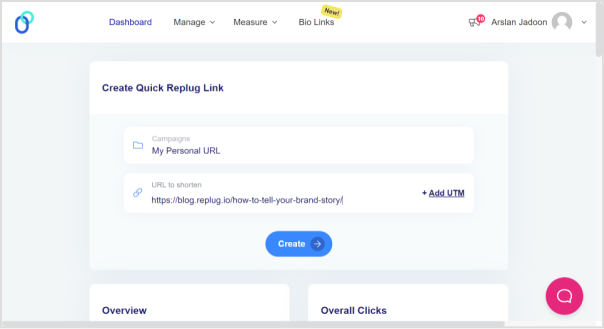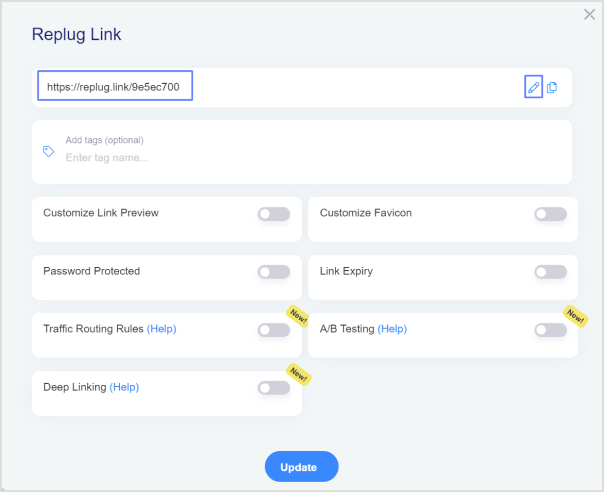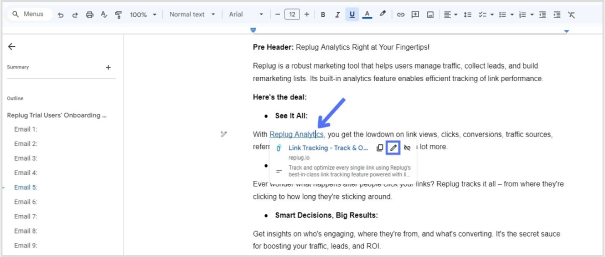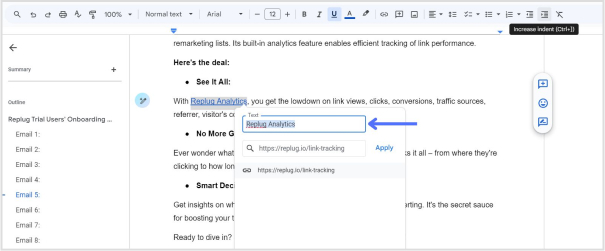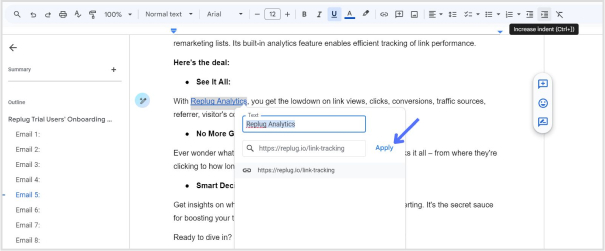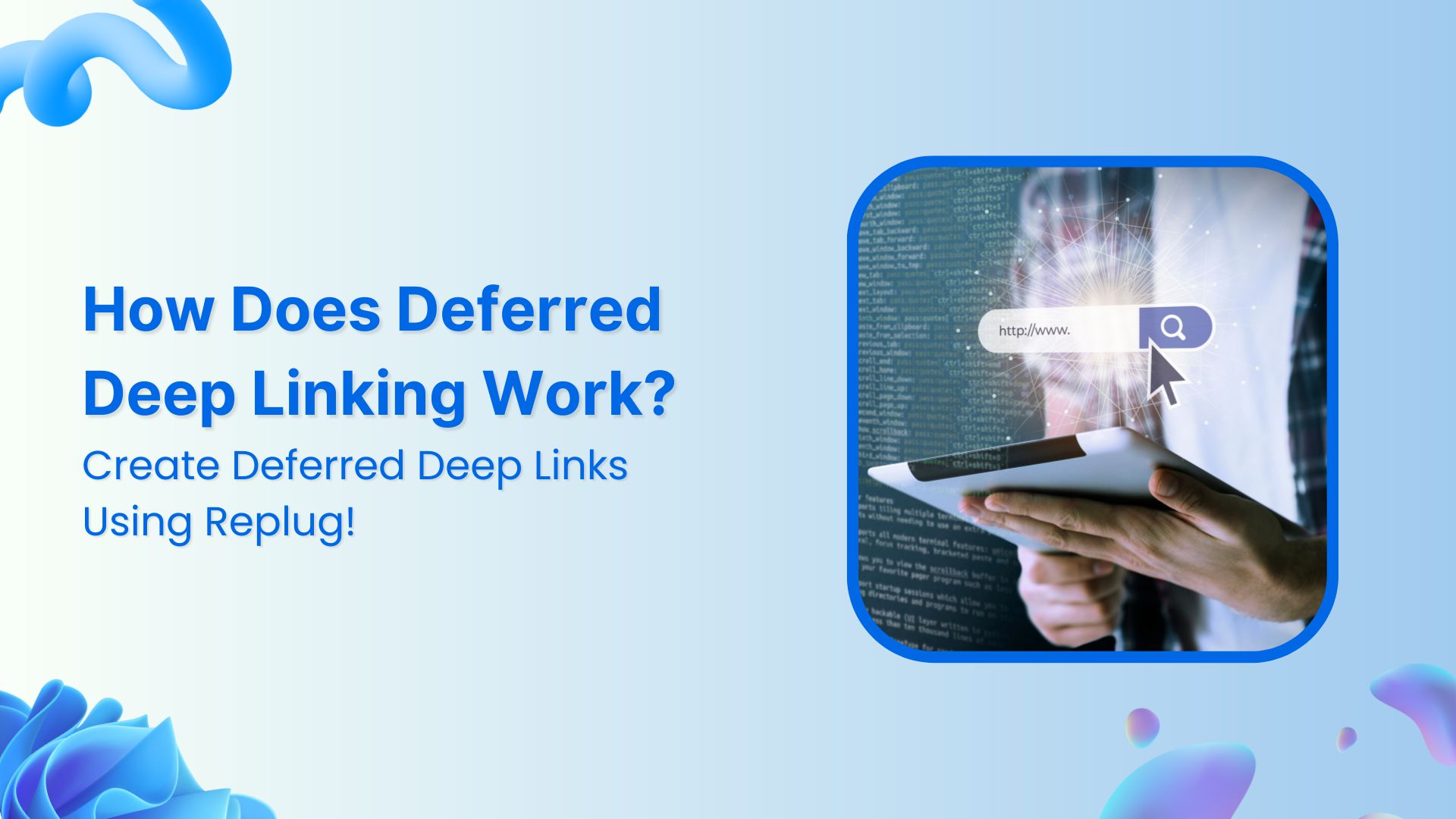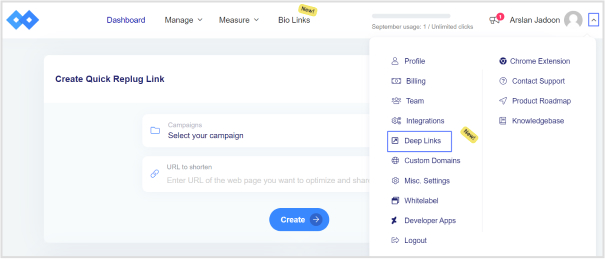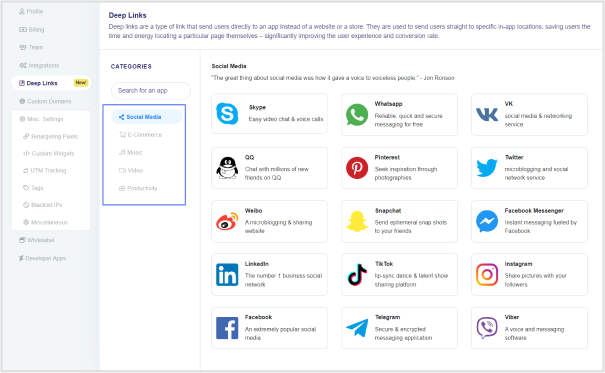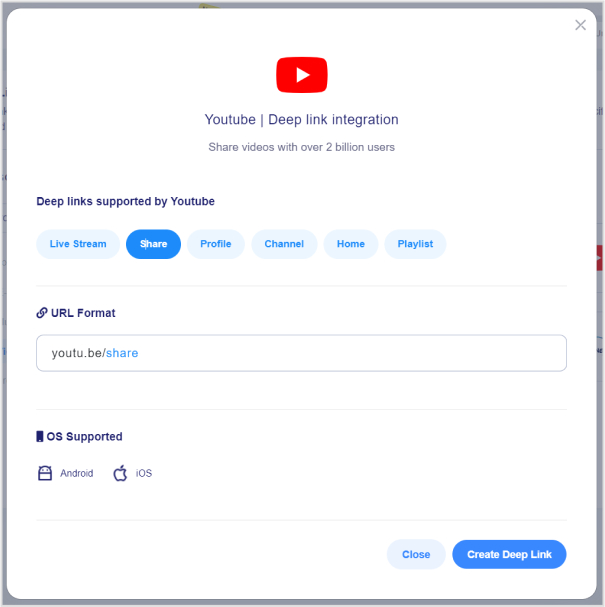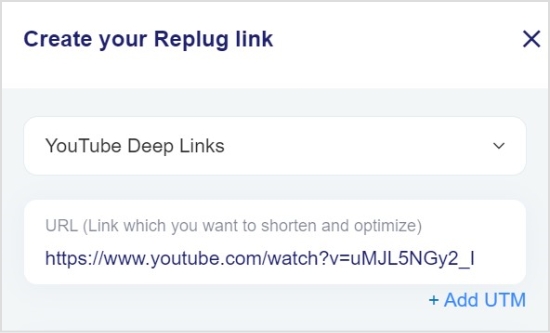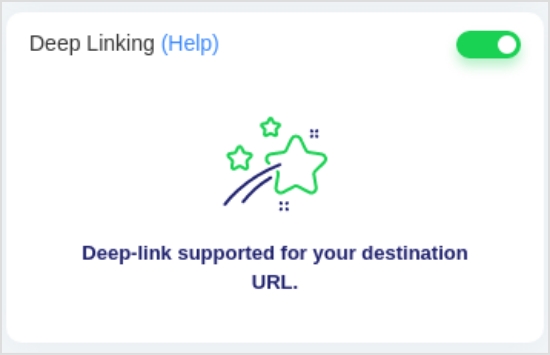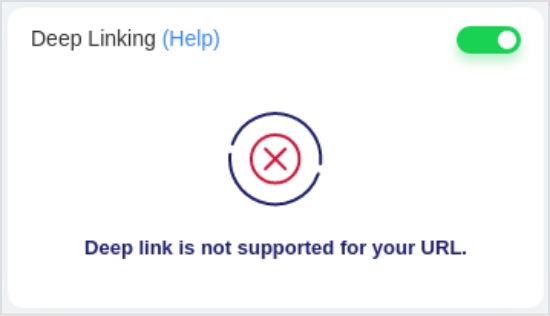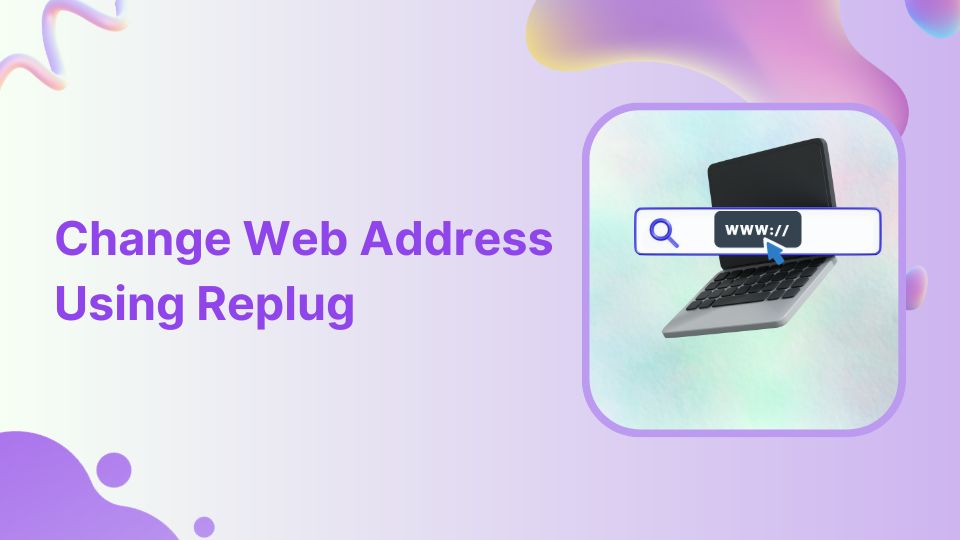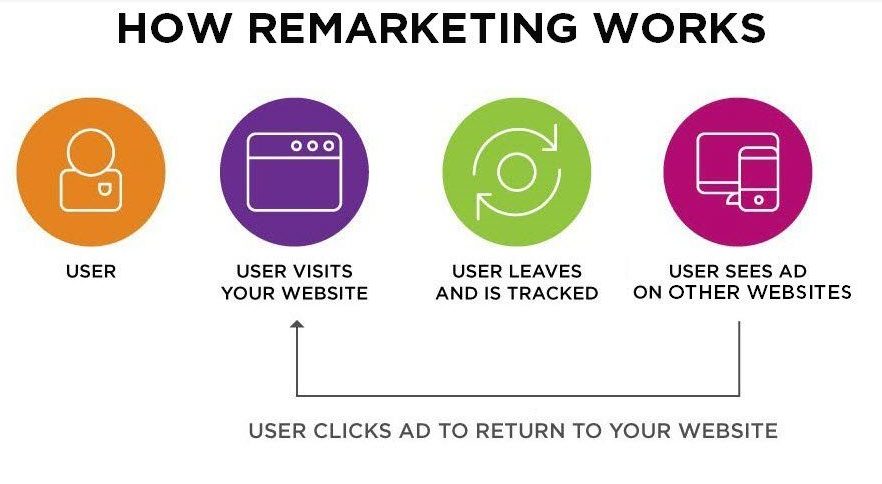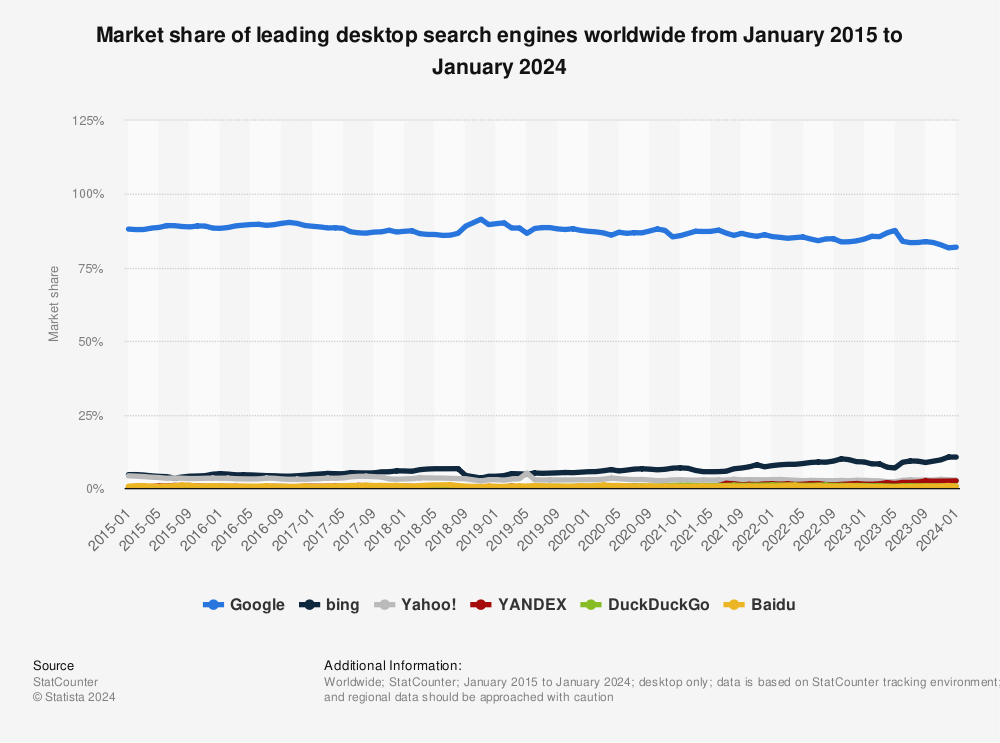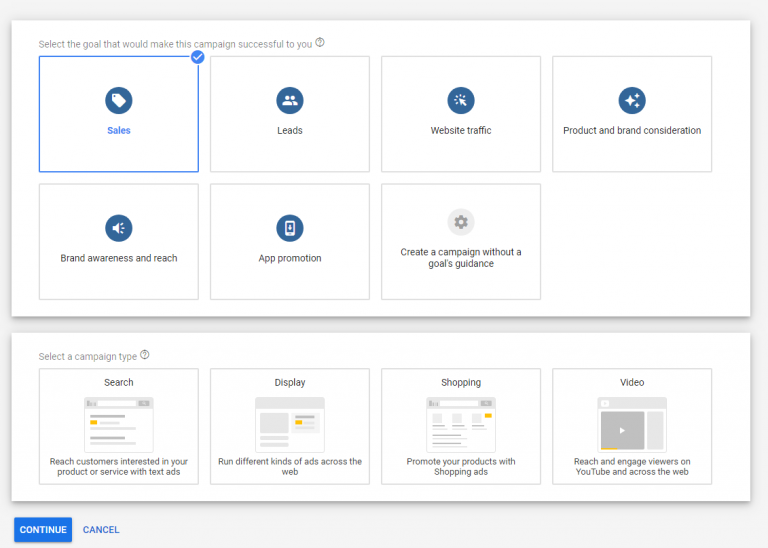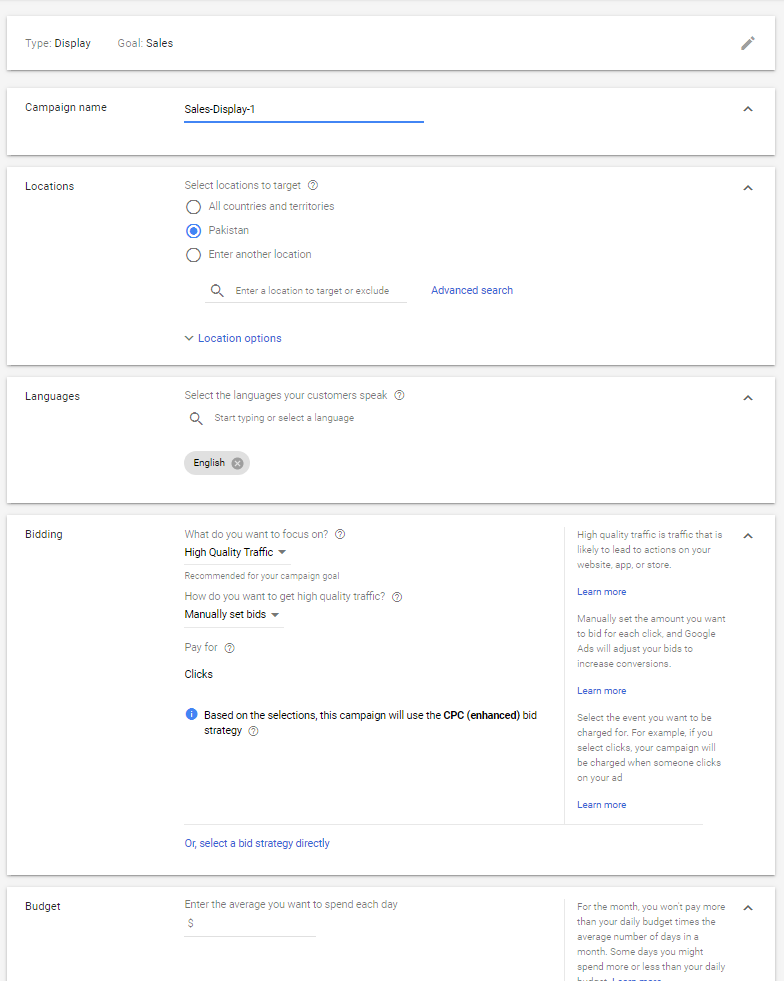Let’s be real, online shoppers are unpredictable;
They browse, they abandon carts, and sometimes, they forget you even exist. But fear not, marketers! Retargeting is here to save the day (and your conversion rates).
What is retargeting?
Retargeting allows brands to identify potential customers who have previously visited their website or socials and run targeted ads across various platforms to convince these visitors to take a specific action.
But simply throwing up a generic ad for everyone who visits your site isn’t enough. To truly excel at retargeting, you need to be strategic, relevant, and, most importantly, not creepy.
So, how do you navigate the fine line between reminding potential customers and not bombarding them with unwanted attention? Don’t worry we’re here to tell you how. In the following article, we have gathered some of the best retargeting practices, retargeting examples, retargeting pitfalls, retargeting benefits, and much more.
But, first, let’s see how retargeting works.
Here’s how retargeting works:
| Step 01 – Tracking |
| When someone visits your website, clicks on an ad, or uses your app, a snippet of code (like a pixel) tracks their activity. This code doesn’t reveal personal information, but it helps identify unique users. |
| Step 02 – Targeting |
| This tracking data allows you to create specific audiences of users who have interacted with your brand in specific ways. For example, you can target users who: Browsed a specific product but didn’t buy it. Added items to their cart but abandoned checkout. And more… |
| Step 03 – Ad display |
| Now, you can serve ads to these targeted audiences on all social apps they visit. These ads remind them of your brand, offer incentives, or promote relevant products or services. |
Let’s have a look at some of the major retargeting benefits
Before moving on to the retargeting best practices lets check out what are the advantages of retargeting.
- Increased conversion rates: Targets users who have already shown interest, increasing the likelihood of conversion. The click-through rate (CTR) of a retargeted ad is 10x higher than the CTR of a typical display ad.
- Personalized user experience: Tailors ads based on the user’s previous interactions for a more relevant experience.
- Improved ad relevance: Delivers ads that align with users’ interests and browsing history.
- Flexible targeting options: Allows segmentation and targeting based on behavior, demographics, and interests.
- Optimized ad spend: Retargeting ads increase brand search by 1046%. This helps you maximize the impact of the advertising budget by focusing on a warm audience.
- Analytics and measurement: Provides valuable insights and metrics for assessing campaign performance.
- Reduced abandoned carts: For e-commerce businesses, retargeting links can help address abandoned shopping carts.
Some retargeting mistakes to avoid

One of the retargeting best practices is to avoid common retargeting mistakes.
| Too many ads (Ad overload) | Not setting limits on how often ads are shown can annoy users with constant repetition. |
| Ads not about them | Displaying ads that don’t match users’ interests or previous actions can turn them off. |
| Mixed-up messages across devices | Having different messages on different devices can confuse users and harm the overall experience. |
| One-size-fits-all approach | Not tailoring ads based on user behavior and preferences can make retargeting less effective. |
| Boring or generic ads | Using dull or generic ads may make users ignore or dismiss them. |
| Ignoring negative feedback | Not paying attention to addressing negative feedback about retargeting ads can harm your brand’s image. |
Related: 14 Effective Ways to Boost E-commerce Sales Through Retargeting
7 retargeting best practices every marketer should follow
Here are some of the most important retargeting best practices every marketer should keep an eye on:
1. Segment your audience

The first and most important retargeting practice is to segment your audience appropriately. Don’t blast everyone with the same ad. Divide users based on browsing behavior, interests, purchase history, etc. Show abandoned cart reminders to cart abandoners, product recommendations to those who browsed specific categories, and exclusive offers to loyal customers. Each segment should receive ads tailored to their specific actions, maximizing relevance.
Take for example:
John adds a pair of sneakers to his cart but hesitates before checkout, comparing prices on other websites. You retarget John with an ad showcasing your price match guarantee and highlighting exclusive features his competitors don’t offer. This convinces him to buy from you, knowing he’s getting the best deal.
2. Strategic timing of retargeting ads
Strategically schedule your retargeting ads, so they align with the user’s journey. For instance, sending a retargeting ad shortly after a user abandons their cart can be more effective than waiting for an extended period. This timely approach can significantly impact user decisions.
Related: How LinkedIn Retargeting Ads Work – A Complete Guide
3. Personalized add content
This is the most important retargeting practice of all – Creating content based on customer behavior. Adding personalized add content that speaks directly to user interests and past behavior, retargeting can become a powerful tool for re-engaging existing customers as well as reaching new, relevant audiences.
Let’s see how:
Bob sees an ad for your grocery delivery service offering “convenient meals.” While he’s interested in healthy eating, the ad doesn’t resonate with his specific needs. So he’ll simply ignore it.
Whereas, when Bob will see an ad for your grocery delivery service showcasing a curated selection of fresh, organic ingredients perfect for preparing healthy meals. This directly connects his interest in healthy eating with your service’s offering. Automatically increasing the likelihood of him clicking through to explore your service further.
4. Set a frequency cap
Timing is everything – Set frequency caps to control how often your ads are shown to the same user. It involves setting limits on the number of times a particular ad is shown to an individual user within a specified time frame. This practice helps prevent ad fatigue, ensuring that users are not overwhelmed by repetitive content and maintaining a positive user experience. As overexposure can lead to ad fatigue and a negative user experience.
5. A/B testing for optimization
Experiment with different ad creatives, copies, and strategies through A/B testing. Test variations to identify what resonates best with your audience. If necessary create new retargeted ads and test them about as per your user base. You can try different headlines, images, or calls to action to refine your retargeting approach and improve performance.
Here’s an example for you:
A travel app, “Globe Thrills”, retargets users who browsed specific destinations with generic ads showcasing various travel experiences. They experimented with two groups:
Group A: Retargeted with generic ads featuring diverse travel experiences.
Group B: Retargeted with ads customized to the specific destination each user browsed (e.g., beach visuals for Bali searches, ski scenes for Switzerland searches).
Results:
- Group B receives a 40% increase in click-through rate compared to Group A.
- Additionally, Group B shows a 25% improvement in conversion rate (booking flights/accommodation) thanks to the relevant and relatable visuals.
This insight allows “Globe Thrillers” to personalize their retargeting strategy for different audience segments, leading to improved campaign performance.
Also, check: Google retargeting: The ultimate guide for 2025
6. Optimized add landing pages
Another important retargeting practice is aligning the content of the landing page with the retargeting ad, marketers can enhance the chances of conversion, providing users with precisely what prompted their initial interest. Moreover, it improves overall campaign effectiveness by minimizing bounce rates, boosting user engagement, and fostering a clearer path to desired actions, such as completing a purchase.
7. Tracking the retargeted ads data
Brands can use link analytics tools to track the performance of their retargeting campaigns. Monitor key metrics such as click-through rates, conversion rates, and return on ad spend. Track which ads and strategies lead to actual conversions. Analyzing this data helps you make informed decisions, optimize your campaigns, and allocate resources effectively.
What is the best way to add a retargeting link?
The best way is using a link management tool like Replug.io – It allows you to create and manage retargeting campaigns across various platforms and channels, helping you reach potential customers who have previously interacted with your brand. Moreover, you can add CTAs, track audience, bio links, route traffic, A/B test your campaigns, and much more.
You can also simplify and track your campaign links effortlessly with this short URL shortener, ensuring smooth redirection and improved performance insights.
Retargeting Done Right, Sign up today!
All in all to make retargeting work, follow best practices for a personalized and user-friendly experience. Use the three-step process of tracking, targeting, and displaying ads to effectively reconnect with interested users. Avoid common mistakes like too many ads, irrelevant content, and ignoring user feedback to ensure success.
Frequently asked questions
What is retargeting, and how does it work?
Retargeting is a marketing strategy that involves identifying potential customers who have visited a website or social media platform and running targeted ads to convince them to take a specific action. It works through tracking user activity, creating specific target audiences, and displaying relevant ads on various platforms.
How can a link management tool like Replug enhance retargeting efforts?
Replug allows marketers to create and manage retargeting campaigns across various platforms and channels.
